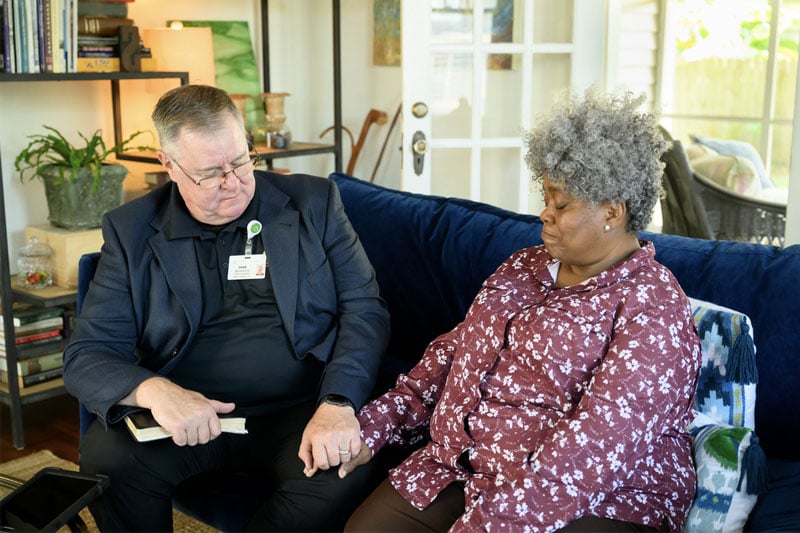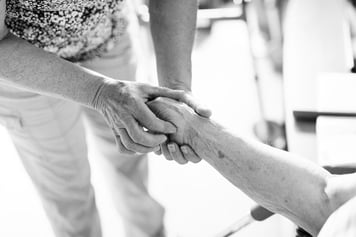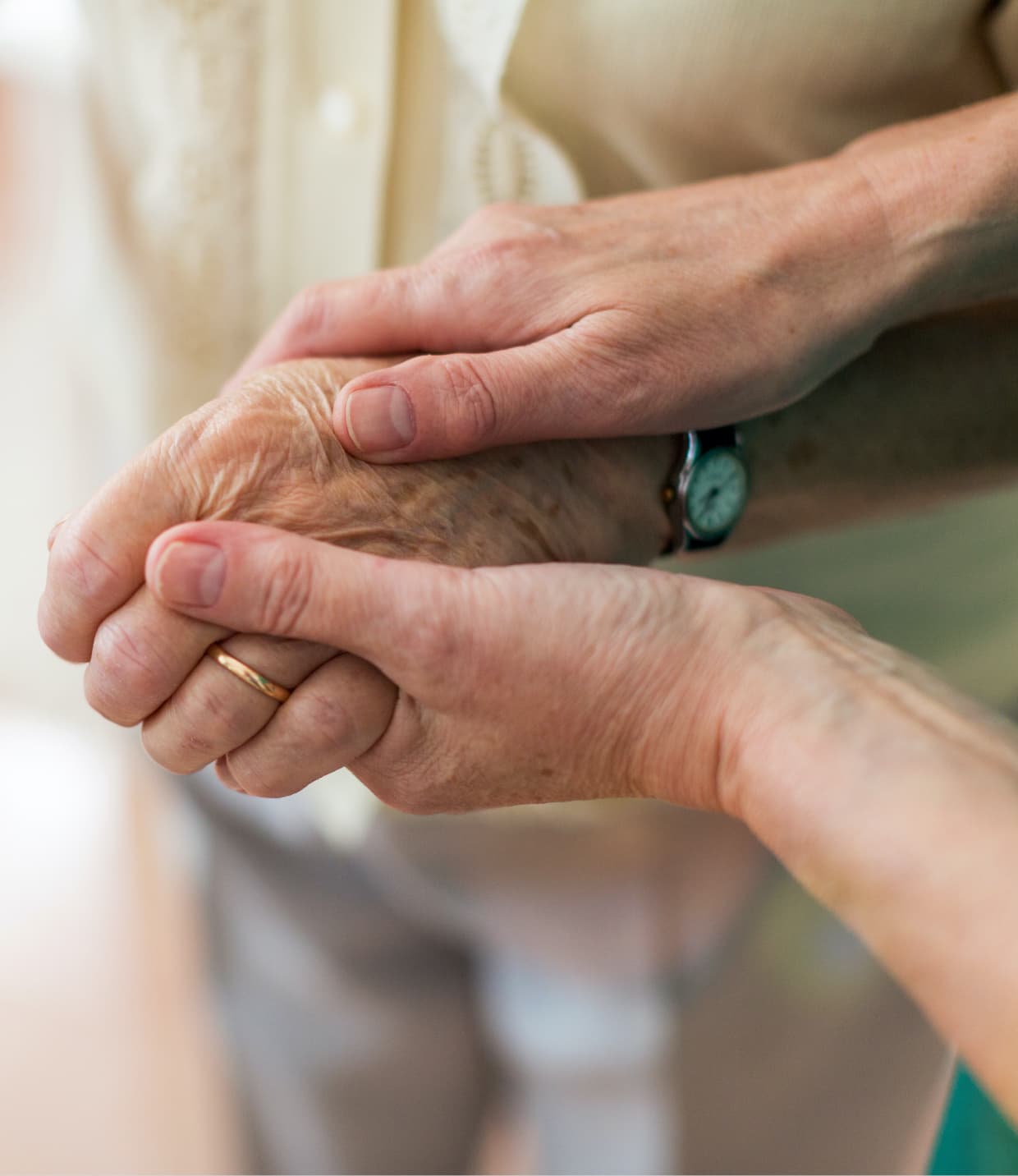Death is an unfamiliar process for many people. Although it is an inevitable part of life, few people know how to find the support needed as a loved one enters the final stages of life.
People who are terminally ill and their caregivers want to know what to expect during this time to know how to make end-of-life more comfortable. Hospice care provides comfort through pain and symptom management. Hospice also provides support for caregivers throughout this unfamiliar and difficult time.
The stages of dying can look different for each person as it relates to their symptoms and timeline. Read on to learn how to be better prepared for this transition and the kind of care available to make your loved one more comfortable.
The Three Stages of Dying
Generally, the stages of dying are determined based on early, middle, and last stage symptoms. These stages are marked by changes in responsiveness and body function. There are many signs for each stage, and the individual experience is influenced by a number of factors, including illness, medication, and physical makeup.
For some people, the dying process lasts weeks. In these cases, early-stage symptoms could rapidly develop into last-stage symptoms. In other cases, the process is more gradual with prolonged symptoms through each stage. For every stage for eligible patients, personalized, tailored care is available to improve quality of life through pain and symptom management and other services based on individual needs.
Below you will find common symptoms associated with each stage.
The Early Stage
The early stage can last anywhere from a few months to a few days depending on the individual. The signs during this period include:
- Decreased appetite, showing a lack of interest in eating with noticeable weight loss.
- Increased sleepiness.
- Increased pain and nausea.
- Increased risk of infections.
- Patients may become more withdrawn, less active, less communicative, and possibly even more introspective during this time.
In this stage, the body is conserving energy and does not require as much nourishment. Rest assured that a lower intake of food and water generally does not cause pain or suffering.
To comfort your loved one, you can offer assistance with eating or drinking, however, the body shutting down hunger is a natural response. Avoid over-encouraging more food or drink. This may not necessarily improve their quality of life and can actually lead to physical distress.
The Middle Stage
Depending on the person, the middle stage can last from a few hours to several days. Signs of this stage include:
- Changes to physical appearance.
- Greater desire to sleep.
- Slower responsiveness to surroundings.
- Increased restlessness and confusion.
- Decreased intake or the patient may stop eating.
- Struggling to speak or move.
During this stage, they might still be experiencing symptoms listed in the first stage. As they develop into the middle stage, circulation in the body is slowing down, reserving blood to help major internal organs function.
To help during this period, offer your loved one blankets for comfort and warmth. Even if they are responding less, continue to communicate with them, but try to avoid questions that would require a great deal of effort an answer.
The Last Stage
In the final stage, which can last anywhere from several days to a few hours, your loved one might experience:
- Increased disorientation, restlessness, or unresponsiveness.
- Increased sleeping/change in sleep patterns.
- Not wanting to eat or drink.
- Loss of control of their bodily functions.
- Shallow, irregular breathing.
- Chest congestion.
- Fluids accumulate in throat causing “death rattle.”
- Increased hallucinations or visions that may involve loved ones who have passed.
- Drop in body temperature and blood pressure.
- Cold feet and/or hands that are darker in appearance.
Many of these symptoms are due to the body preparing for death. Decreased blood circulation can affect kidney and bowel functions and cause major organs, such as the lungs, to lose the power to clear out fluids. Relaxed muscles can lead to incontinence.
During this stage, your loved one might need medication, and other interventions to help manage symptoms. The goal is always to keep your loved one as comfortable as possible.
Although they may no longer be able to communicate, they may still be able to hear, so continue to speak with them reassuringly.
How Hospice Can Help
Hospice care can provide quality of life and dignity when dealing with a life-limiting illness. Hospice care teams are comprised of nurses, hospice aids, medical directors, bereavement counselors, chaplains, and social workers who contribute to the following services:
- A plan to provide treatment specific to the patient and caregiver
- Pain and symptom management
- Emotional and spiritual support for patients and family members
With staff available 24 hours a day, seven days a week, all year long, patients receive the care they need, opening up more quality time to spend with their loved ones.
Hospice Care From Amedisys
If you’re navigating the end of your loved one’s life, working with a hospice care provider can help provide your loved one with care and support through this unfamiliar and difficult time.
Hospice care from Amedisys creates a personalized care program for eligible people facing a life-limiting illness. Through our services, patients live their remaining days with as much comfort, dignity, and quality of life as possible.
If you’re still unsure if hospice care is the right solution for you, take our hospice quiz to see if your loved one is eligible for hospice care.





